In my application each user can create his own system and add team members to it. Each team member in scope of a system has a certain set of permissions, basing on which system decides if team member can access the functionality.
Some examples are:
- Access to analytics board
- Access to system configuration utility
- Access to team management utility
- Access to service handling utility
Each team member can have assigned any combination of these permissions.
I'd like to create an UML use case diagram, but i don't know how to represent use cases which are restricted only to team members that are allowed to use them.
